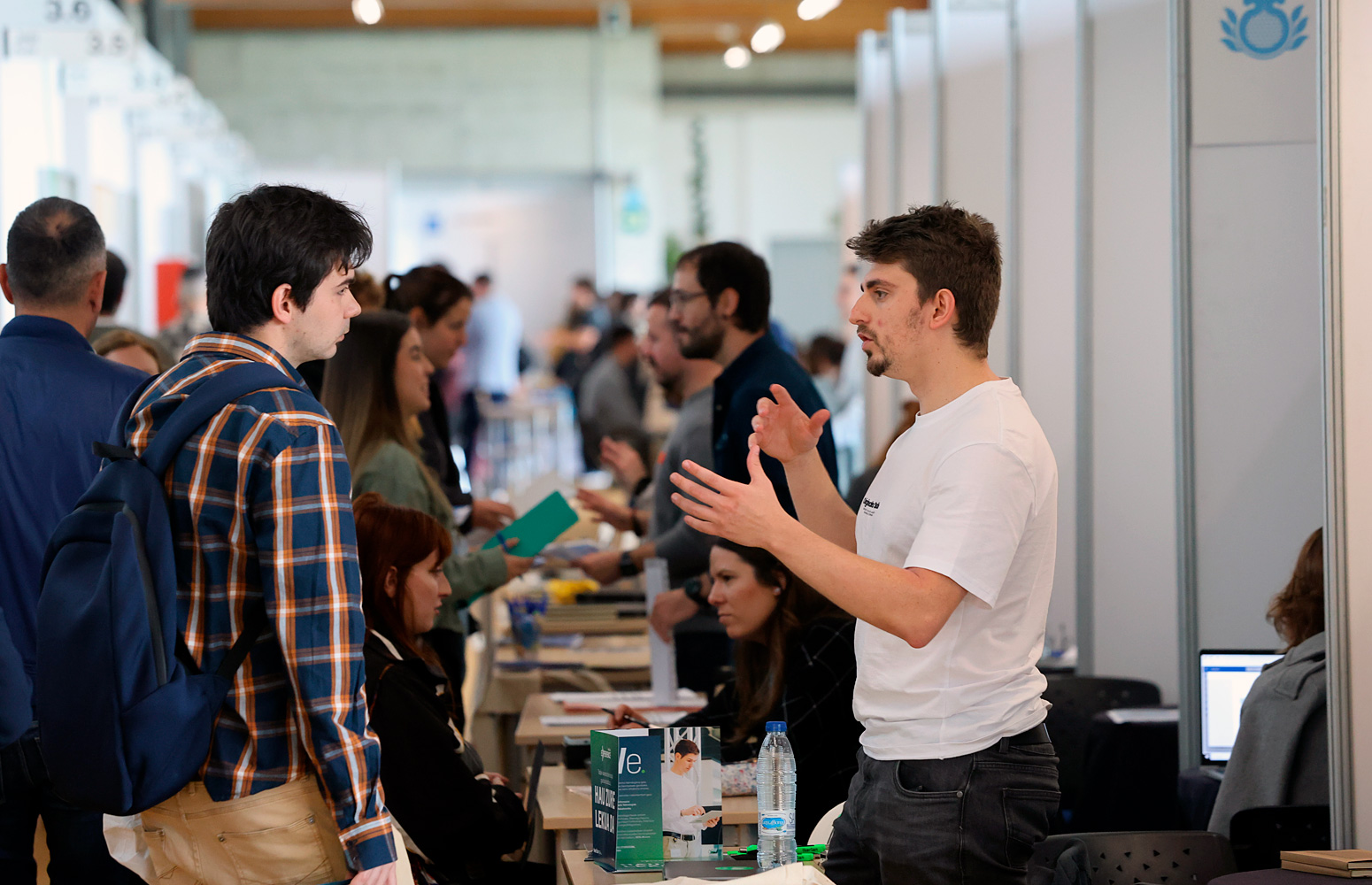The research, reported on by the Journal of Sports Sciences, analysed the bone mineral density in elite Kenyan athletes and compared their values with those of healthy South African control subjects of a similar age and anthropometrics. The surprise is that, according to the guidelines of the International Society for Clinical Densitometry, they are considerably below that expected in men of their age.
-

In memoriam: Arturo Muga
-

Violeta Pérez Manzano: «Nire ahotsa ijito bakar batengana iristen bada eta horrek inspiratzen badu, helburua bete dut»
-

Azukrea eta edulkoratzaileak. Zer jakin behar dut?
-

Athletic zuri ta gorria, zu zara nagusia, baina zertan? Gizonezko futbol profesionalaren gaitasun (im)mobilizatzaileari buruzko hausnarketa soziologikoa
-

Iñigo Argomaniz sustatzaileak eta Eli Arabaolaza ikertzaileak irabazi dute XXIII. Donostiako Orfeoia-UPV/EHU Saria
The surprising bone density of Kenyan athletes
Seemingly pathological values were revealed in the study, in which the UPV/EHU-University of the Basque Country participated
- Research
First publication date: 19/02/2018

One of the key factors in achieving success in the world of elite sports is to minimise the risk of injury among sportspeople. In the case of long-distance athletics events, there is a particular prevalence of stress fractures in the bones since the runners are subjected to major training loads that end up stretching their bodies to the limit.
Although the link is not yet known, there seems to be a certain predisposition towards stress fractures in individuals with low bone mineral density. Unlike what happens with the hip, or the femoral neck (where repetitive impacts caused by running may even help to increase bone density), the lumbar zone is found to be less exposed to impacts. What is more, it mostly comprises trabecular bone, its bone turnover is greater and depends more on hormonal and metabolic factors. All this means that it tends to be used as an indicator of bone health in sportspeople.
The study ‘Bone health in elite Kenyan runners’, published by the Journal of Sports Sciences and in which Dr Jordan Santos-Concejero of the UPV/EHU’s Department of Physical and Sports Education participated, analysed the mineral bone density of elite Kenyan athletes and compared their values to those of healthy South African control subjects of a similar age and anthropometrics. To do this, they measured parameters relating to bone mineral density and body composition in elite Kenyan athletes; dual X-ray absorptiometry with DXA scanner on the femoral neck and the hip in the lumbar region was used. They also analysed various biomechanical parameters using a Vicon 3D motion capture system to assess their possible influence on the bone density of the athletes studied.
The results partly confirmed what had been expected, since the Kenyan athletes displayed greater bone density in the proximal region of the femur and this greater bone density seemed in fact to be associated with the training load and the greater joint stiffness of Kenyan athletes.
Yet in the lumbar region the results were very different. “40% of the Kenyans analysed displayed bone density values far below those of the average expected in men of their age, according to the guidelines of the International Society of Clinical Densitometry. To the point of being classified by the World Health Organisation as running the risk of suffering from osteoporosis,” said the UPV/EHU lecturer.
One of the possible explanations for these values is the imbalance between the caloric expenditure and intake of these athletes, which has been repeatedly reported in the literature as being negative. What is more, the training load seems to play a crucial role in these low values of bone density in the lumbar region.
Yet despite these seemingly pathological values, the cases of stress fractures in Kenyans are relatively few. A possible explanation could be the lower contact forces of these athletes, as seen in previous studies (https://www.ncbi.nlm.nih.gov/pubmed/26982259 and https://www.ncbi.nlm.nih.gov/pubmed/27157507); another explanation could be that the standard guidelines currently used may not be representative of such a special population as these athletes, since there are no specific guidelines for East Africans (despite the influence of ethnicity in the case of stress fractures). “The results of this study highlight once again the complexity of the African phenomenon in long-distance athletics events, because a new factor, in this case their surprising bone density, needs to be added to the equation,” concluded Dr Santos-Concejero.
Bibliographic reference
- Bone health in elite Kenyan runners
- Journal of Sports Sciences, 36(4):456-461. 2018
- DOI: 10.1080/02640414.2017.1313998


